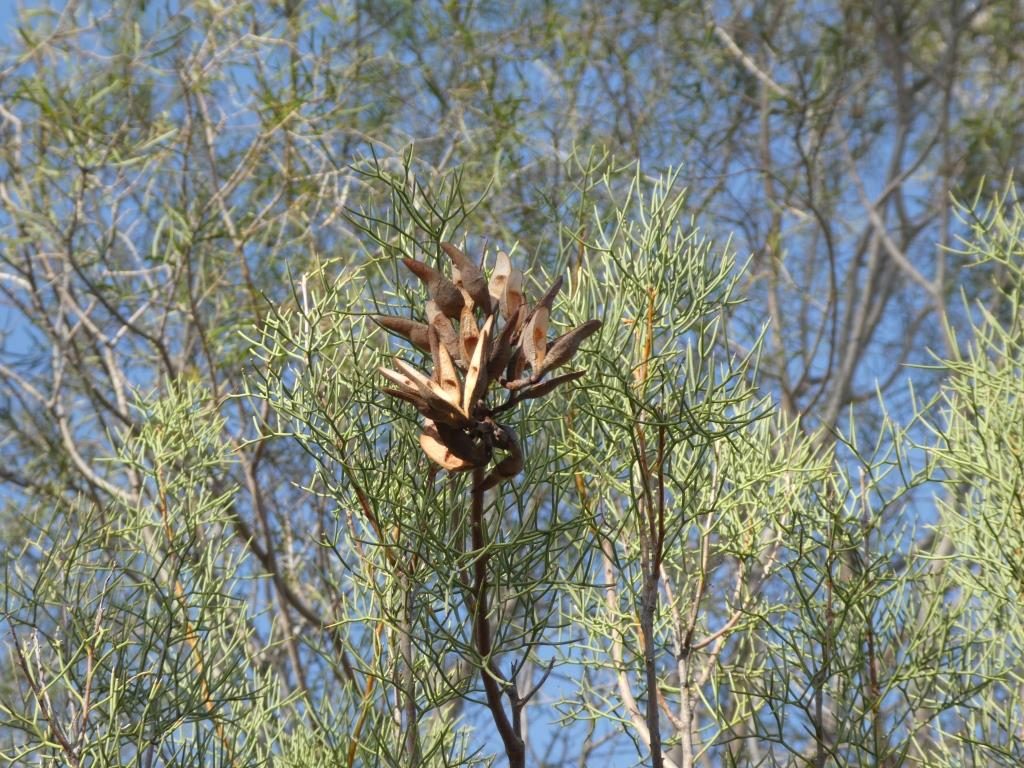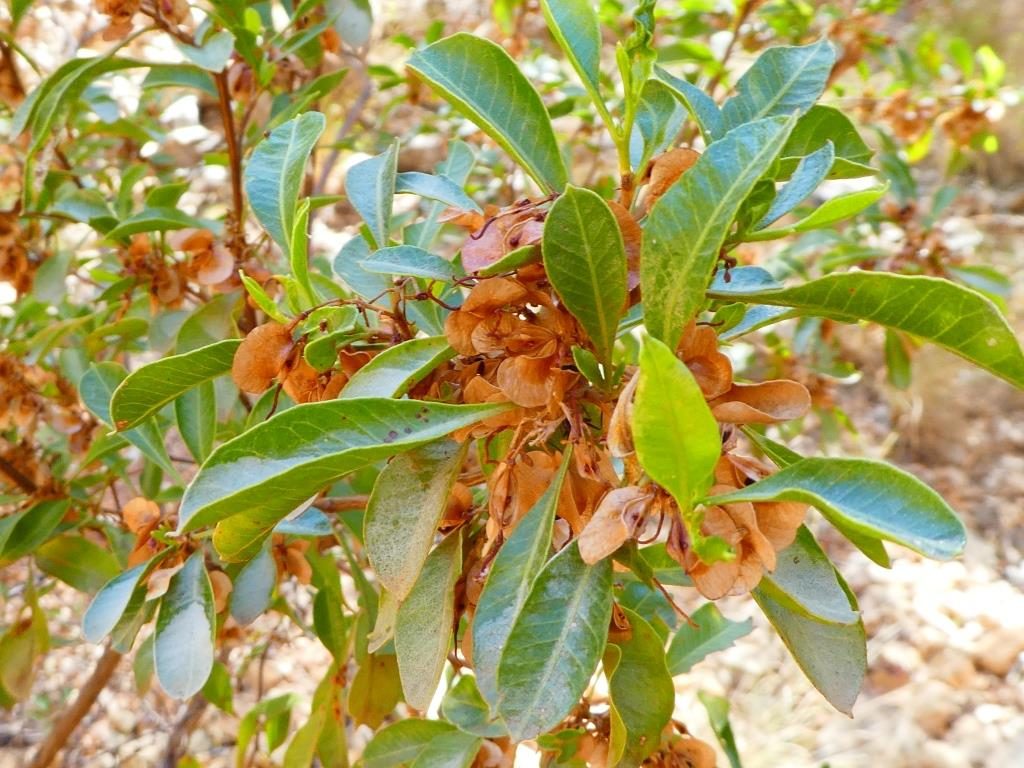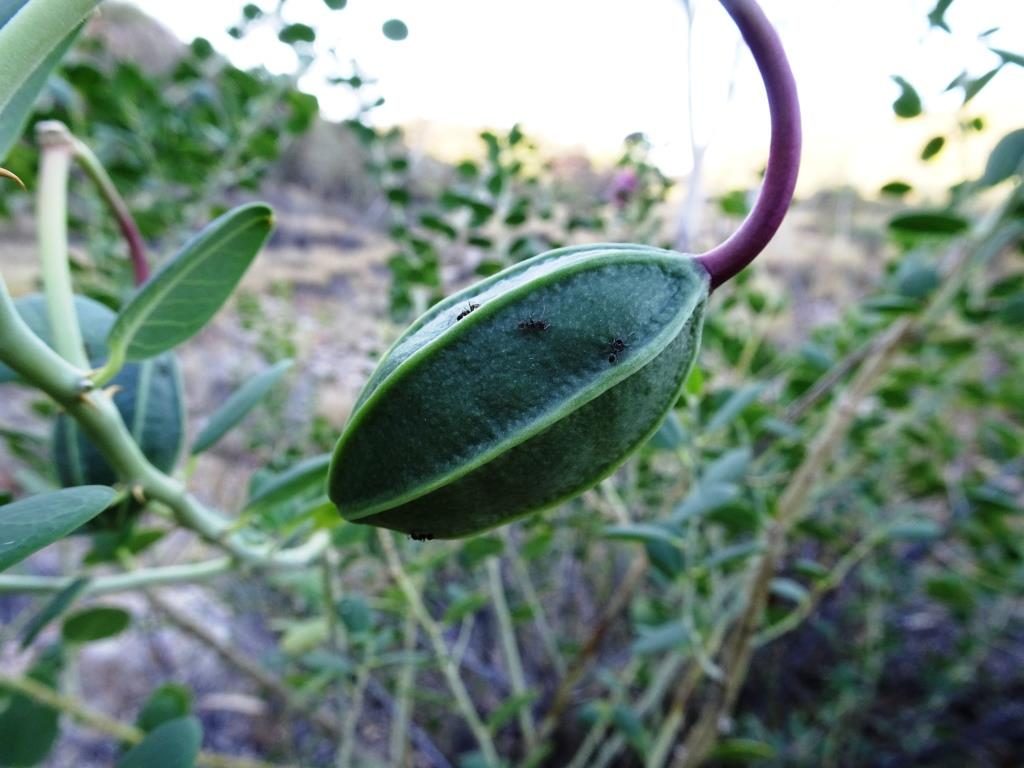At the recent Land for Wildlife birthday event, Samantha Hussey from Charles Darwin University presented a workshop on seed collection to our members and it was of great interest and debate among attendees. Seed collection is something that may interest you at the local level, as you may be interested in revegetating your property through propagation practises. At a commercial level, nurseries will collect seed to propagate stock for sale. At a national level, agencies will collect seed for storage in seed banks. In Australia, there is a National Seed Bank at the Australian National Botanic Gardens, which has a role of conservation, research, propagation and supply of seed to researchers.
While many plant nurseries will have several local native species for sale, the ability for nurseries to stock a large variety of local native plants can be limited. Collecting local native seed and germinating the stock yourself can allow you to revegetate an area efficiently and with species that interest you. You can collect seed to germinate in growing houses or conduct direct seeding for revegetation purposes. Thus, we provide some information here to assist you with seed collection in the local area to maximise your ability to propagate local native plants.
Knowing where to collect seed will be your first hurdle. Seed collection in the Northern Territory requires a permit, which can be obtained through the NT Government. This is especially necessary when you are dealing with threatened species, such as Cycads. Ensure that you have a permit to collect seed from the locations that you have in mind. In addition, written permission from the landowner is required before collection can begin, including aboriginal land, roadsides, private land, pastoral properties, national parks / conservation reserves, or council reserves. There may also be sensitivity around collection from some locations – ensure that you respect and don’t compromise the cultural values regarding trees and seed when collecting from an area.
Knowing what to collect in the acceptable locations is the next step. It’s best to choose plants that are native to the region, representing provenance, as they will be best suited to the soil and climate. Check out the vegetation maps of Alice Springs to see what plants might be best for your property. If you are searching for particular plants, ensure that you have identified the plant correctly. There are a host of excellent plant identification resources out there to assist you, including Andy Vinter’s Bush Regeneration Handbook. If you have a sample you need identified, you can use the assistance of the NT Herbarium. FloraNT also provides access to the Northern Territory Herbarium specimen data. Be mindful that some sap, fruits, seeds or dust from seeds can be toxic or cause skin allergies, so handle items carefully with appropriate PPE or avoid them altogether.
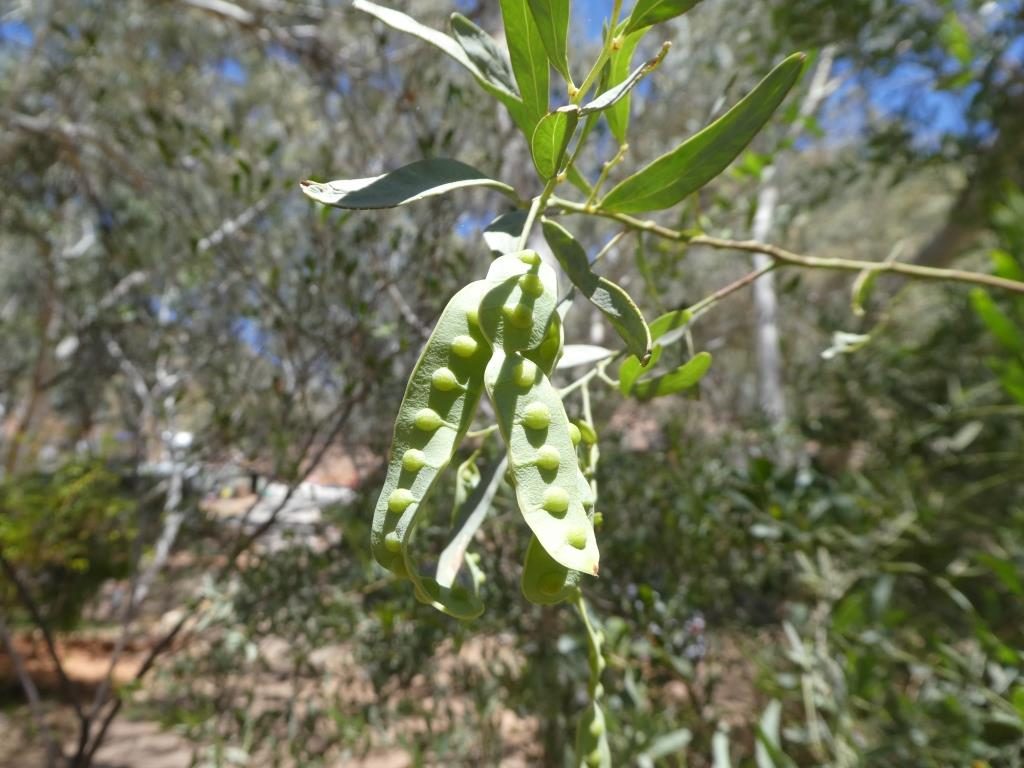
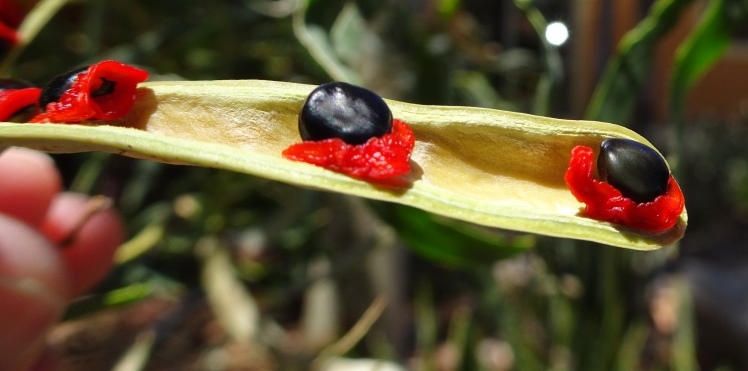
Knowing when to collect the seed will enable you to get on with the task efficiently. It might help you to observe the plants you pass in everyday life and begin making a calendar of when the desired plants are flowering and when they are producing fruit. Collect fleshy fruit when they are round and full, softening, falling to the ground or being eaten by birds or other animals. Dry fruits can be collected when they are brown and woody, or fruit capsules are opening. Grass seeds can be collected when they are changing colour, when seeds strip off easily by hand or the awns are falling off. It is important to collect mature seed, though be mindful that there are some species whose seeds don’t mature for several months after being released from the plant and cracking dormancy in this species is a case of waiting and being patient. Resources such as native seed guides can help to fill in the blanks and provide information on sowing techniques and dormancy strategies that need overcoming. Opportunistic collection may be necessary where seed set is irregular or influenced by seasonal factors such as rainfall.
It is best to collect seed from a range of healthy plants and avoid collecting any more than 20 % of the seed from one plant, to ensure you leave enough to naturally regenerate, add to the seed bank, and provide food for animals nearby. It’s wise to avoid collecting seed from isolated plants, as self-pollination often results in low viability of seed and produces specimens of low vigour. Collect seed from several (10-20) plants that are widely spaced to ensure you have genetic diversity.
Seed can come in a range of vessels, including woody capsules (Eucalyptus, Melaleuca), papery capsules (Dodonaea, Wahlenbergia), seed pods (Acacia, Indigofera), drupes (Santalum), berries (Atriplex, Enchylaena), follicles (Hakea, Grevillea), nuts (no local native species), grains (Spinifex, Themeda), achenes (Brachyscome, Helichrysum), and cones (Allocasuarina). Find out how much seed a typical fruit of your desired species contains. For example, a Hakea follicle may contain one seed; an Acacia seed pod may contain a dozen seeds; while a Eucalyptus capsule may contain hundreds. Knowing how much seed a fruit contains will help you to know how much to collect to avoid taking too much. Collect a little more than you think you will use to account for poor viability of some seeds, but also avoid collecting much more than your own requirements. Use ecologically sustainable collection practices and adhere to a code of practice, avoiding damage to the environment and wildlife habitat.
Some seeds on tall trees may be out of reach and require ladders or long-handled tools. Ensure you are prepared with the tools required before you set out on your mission. You may also wish to coordinate seed collection with annual pruning activities.
Once you have collected the seed, the processing of the seed to maintain viability is integral. Clean and dry the seeds prior to storing them. For example, thick fleshy fruits should be placed in a bucket of water to remove skins and flesh, rubbed on a mesh tray to remove excess pulp, and then dried well. Woody fruits need to also be dried to crack the seed cases. This can be done in a location that is well ventilated, dry, away from the wind and also protected from animals that may wish to eat the seed. Once dried, clean the seed to remove the pods, chaff, sticks and leaves. This can be done by hand or with the assistance of a mesh sieve appropriate for the seed size. You may wish to weigh the seed, especially if you are working under a permit, as you may need to report on this.
When collecting the seeds you can place them in calico bags, paper bags, boxes or buckets, but ensure they are well ventilated to avoid mould killing the seed. Keep the seeds separate (location and species). Storing seeds in paper bags and screw topped jars is preferable, though zip-topped plastic bags can work for very dry seeds. Seeds may keep for several years if they are stored correctly. Store the seed in a cool, dry and vermin-proof location away from sunlight. A fridge at 1-5 oC and relative humidity of 4-8 % is optimal.
It’s important to keep a good record of the seeds that are collected. Record the species, collection location, and collection date as a minimum on or in the bag that the collected seeds are stored in. You may wish to fill out a seed collection record that has more space for information such as the common name, local language name, collector’s name, the location description, and latitude/longitude. You can then simply label the seed container with a corresponding seed lot number, or double up on the important information in case the paperwork is separated from the container. This way you can keep track of the seed stock during the planting process and determine what works based on the records. You can check viability periodically by using a float test (floating seeds are generally viable), cut test (fleshy white centres usually indicate good viability) or by growing it out to check it directly.
When it comes to sowing the seed, some seeds will require treatment to enable germination. Nick the edge of hard-coated seeds or soak them in boiling water to break mechanical dormancy (E.g. Acacias, Swainsona, Indigofera, Gossypium, Erythrina, Senna), sow the seeds in a medium and conduct a smoke treatment (E.g. Grevillea, Ptilotis), remove the hairs from seeds or soak and ferment in water for several days to break chemical dormancy (E.g. Capparis, Ptilotis), or wait and be patient to cope with morphological dormancy (E.g. Daisies, Themeda).
For an additional range of excellent seed collection resources, head to the Flora Bank website.
We thank Samantha Hussey for her excellent presentation on seed collection, as well as information provided by Sarah Roberts and Charles Darwin University.
This workshop was supported by Territory Natural Resource Management with funding from the National Landcare Programme.
Categories:
Gardening, Plants, Territory Natural Resource Management, Vegetation Type, Workshop
